In Venice, artist Luc Tuymans is going against the current
The Belgian artist’s gripping retrospective casts the neoclassical surrounds of Palazzo Grassi in a sombre shroud as he reflects on history’s darkest chapters
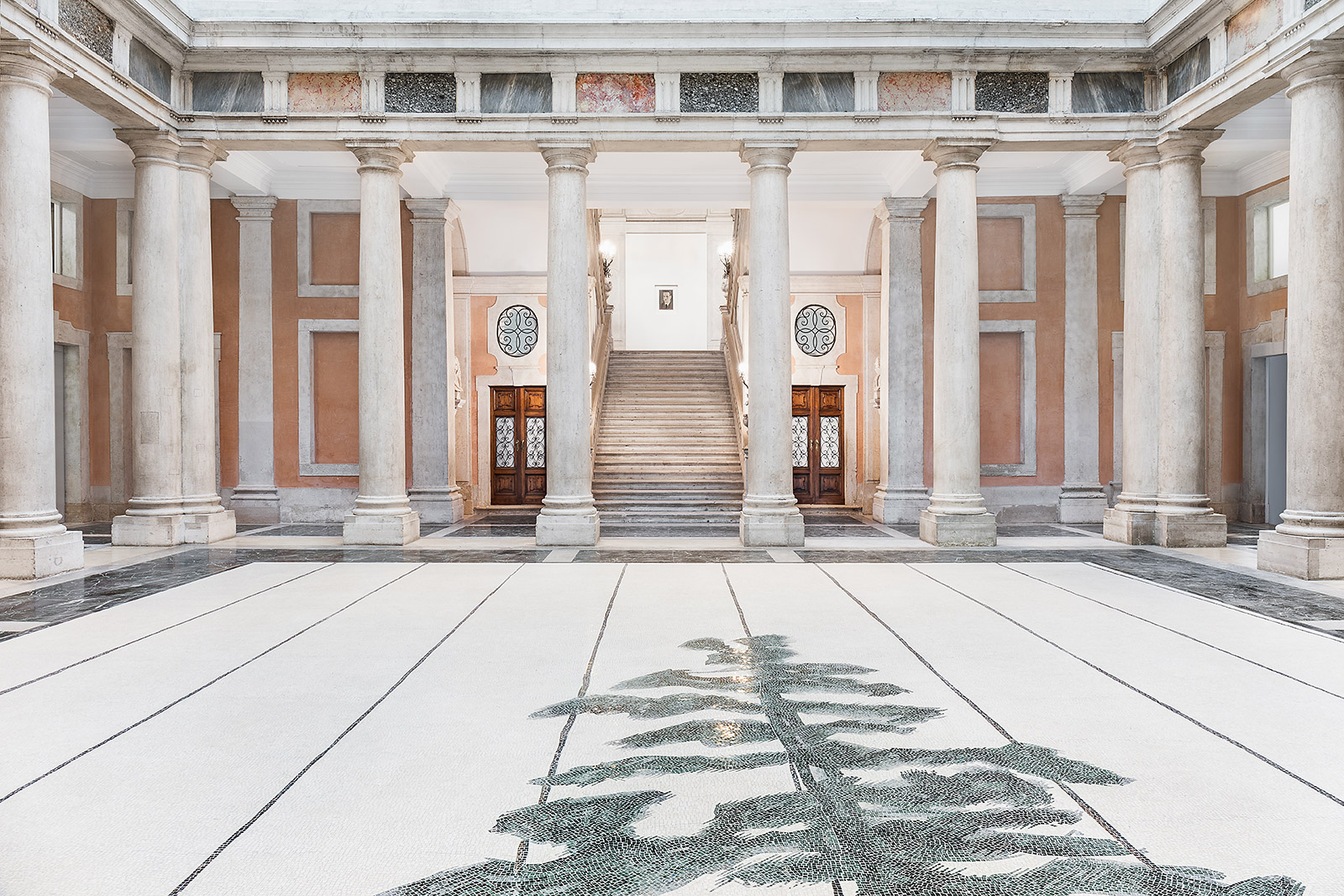
In 2001, Luc Tuymans stunned visitors to the Venice Biennale with his paintings exploring the colonial brutality of his native Belgium in the Congo. Now he’s back, this time to let rip at the majestic Palazzo Grassi with his first full-scale solo exhibition in Italy – and emotions are still running high.
The exhibition is the latest in the Pinault Collection’s cycle of cartes blanches and monographic shows, which began in 2012 to coincide with the Venice Architecture Biennale. Tuymans takes the baton from Damien Hirst whose divisive show ‘Treasures from the Wreck of the Unbelievable’ was regarded marvellous by some, and deemed the most expensive artistic flop in recent history by others. Either way, the bar of notoriety was set high and Tuymans does everything but disappoint.
‘La Pelle’ (‘the skin’), takes its name from Curzio Malaparte’s troubling 1943 novel detailing wartime turmoil, misogyny and wounding moral collapse. ‘I don’t think he’s necessarily a formidable writer. I think he was a bit of a megalomaniac,’ Tuymans remarks. More than 80 paintings and one large mosaic trace the artist’s career from 1986 to present day, covering everything from fascism to folly and are, as the artist puts it, an ‘authentic forgery of reality’.
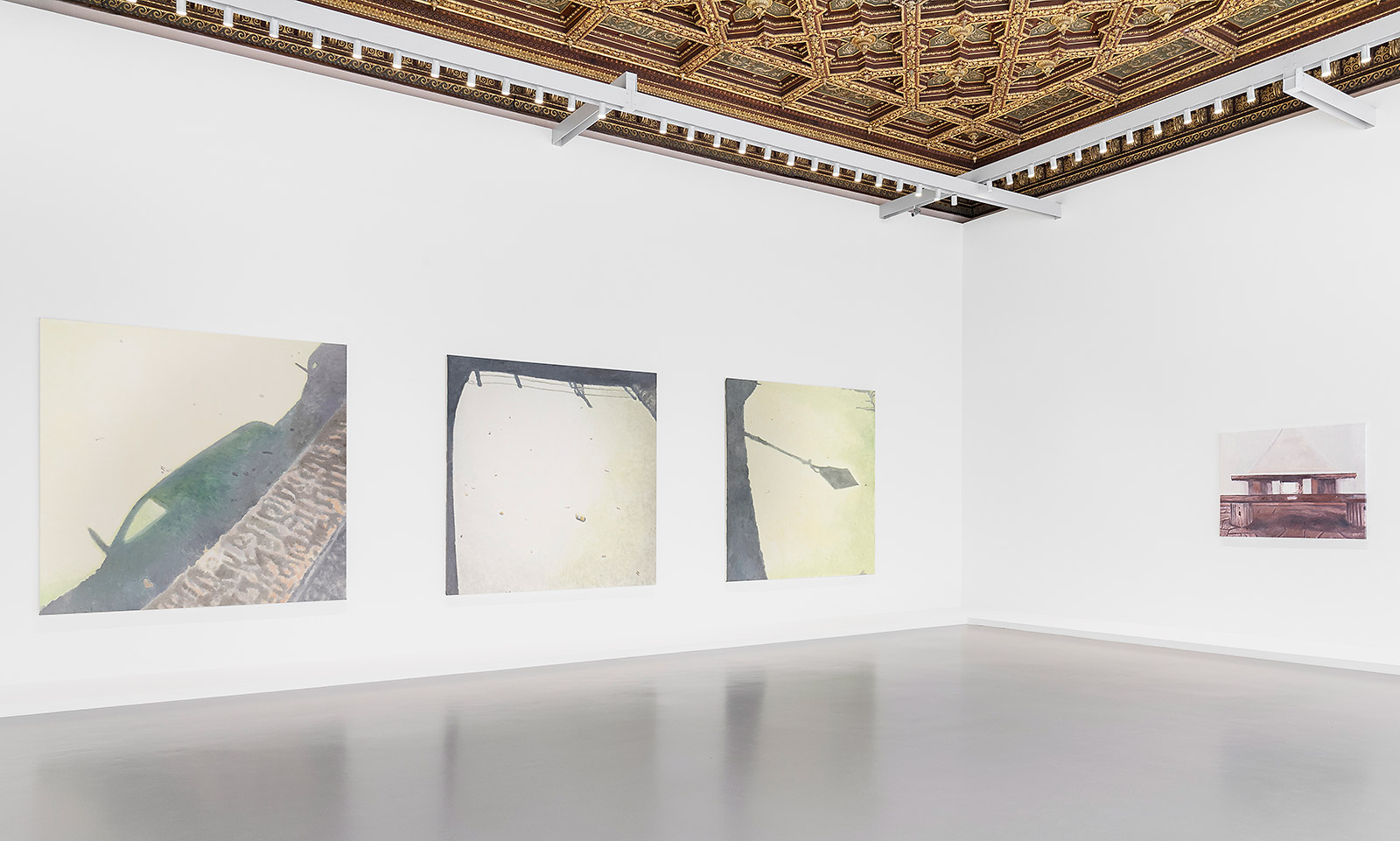
From left, Murky Water, 2015; and Le Mépris, 2015, by Luc Tuymans.
When painting almost huffed its final breath in the 1990s, Tuymans was on hand to resuscitate with a new breed of figurative painting, and for that we are indebted. Cut, pasted then painted, Tuymans’ works are frequently archival abbreviations of press, internet and film source material, shorthand chronicles for seminal moments in culture and history, all burdened with secrets and narrative chaos. But if you didn’t read up, you’d probably never know. ‘I didn’t want words on the walls. I loathe those,’ he says. This lack of context shifts all the mental heavy lifting onto the viewer. The load is almost unmanageable, but the intrigue alone provides enough fuel to persevere.
‘La Pelle’ offers little to no theme or chronology, and Tuymans by nature isn’t an easy read. It’s like peeping into someone else’s bank of fragmented memories, frantically searching for something solid to grasp. The visions are peripheral, jumbled and intangible. ‘He does not intend to take the visitor by the hand, he is asking them to make an effort to come closer; a reflection and a physicality instead,’ explains curator Caroline Bourgeois.
Step off a vaporetto and it won’t take you long to spot the first Tuymans intervention. But within seconds of making the transition from water to dry land, the game of deception has begun. A large floor mosaic has already nabbed all the limelight, even amid the architectural flamboyance of Palazzo Grassi. Schwarzheide (2019) proudly sprawls across the columned atrium comprising thousands of Milanese marble tiles. The piece depicts an assembly of sparse pine trees divided by strict vertical lines. Innocent scenery? Of course not, this is Luc Tuymans. It is in fact a composition based on a painting he made in 1986, which in turn was inspired by drawings from Alfred Kantor, a Schwarzheide concentration camp survivor. The lines denote where prisoners were forced to cut their drawings into strips to avoid confiscation.
RELATED STORY
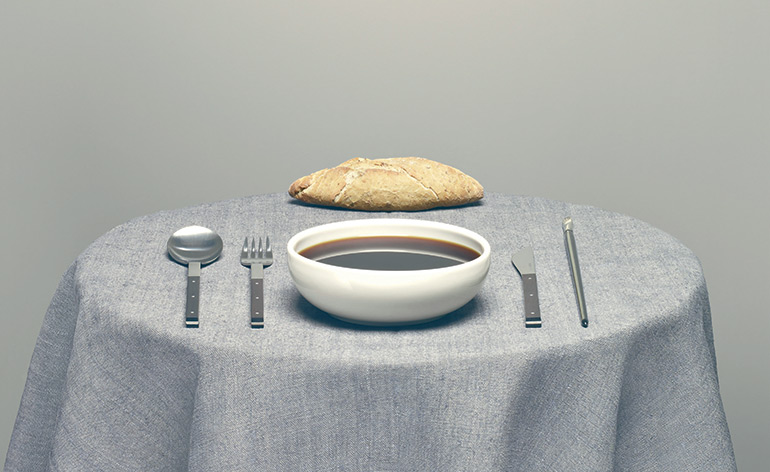
Many of Tuymans’ paintings look like they’ve been through the wash a few times, or been left in direct sunlight too long. In the portraits, faces appear pickled and have an air of hostility and judgemental disbelief, or is that sarcasm? They know something we don’t have language for, but you know it probably isn’t pleasant.
There’s one painting, The Heritage VI (1996), of a middle-aged square-looking man wearing glasses and smiling with toothy glee. On consulting the exhibition catalogue you feel the tingle of the plot thickening once again. It’s Joseph Milteer, right-wing extremist and close ally of the Ku Klux Klan. Tuymans was particularly struck by how glasses become Klansmen’s only defining feature when clad in white robes and coned hats.
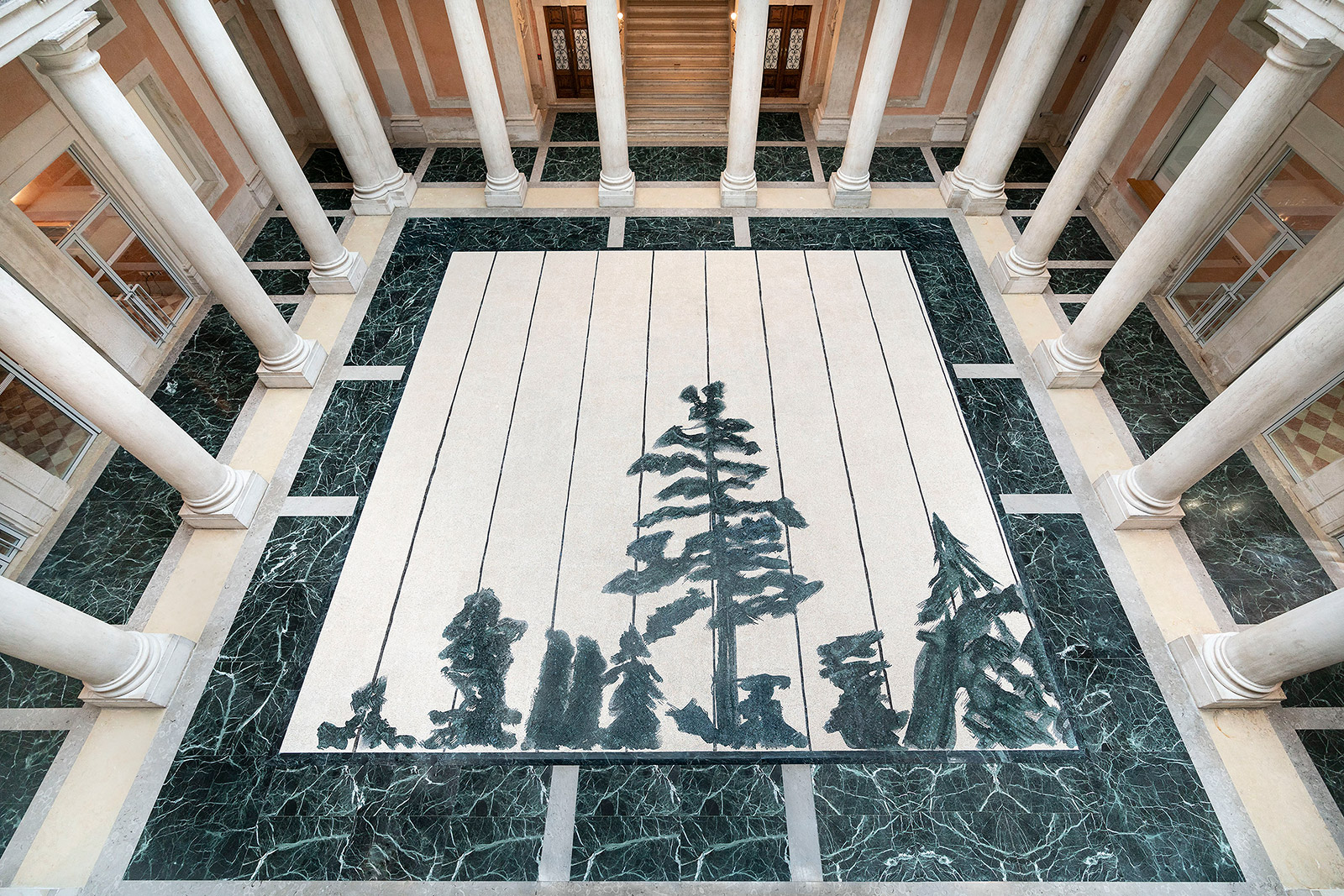
Schwarzheide, 2019, by Luc Tuymans, installation view at Palazzo Grassi.
A colossal still life set up seems to depict a standard medley of fruit, a water jug and possibly a croissant. But this was painted in 2002 in direct response to 9/11; a still life to affirm that there is, still, life following tragedy. Further in, another painting resembles a collection of playful, loosely animalistic shapes; it’s titled Child Abuse, produced in 1989.
This is what makes the exhibition so exhausting. Not its four levels, sparse curation or titanic body of work. It’s the double takes: each work is a deceptive decoy that leaves you begging for resolution at every turn. Afterwards, you’re briefly unable to distinguish fact from fiction, evil from banal or smoke from mirrors – but the stifling fatigue and burden of guilt is worth every second. Tuymans’ ‘La Pelle’ chews you up, spits you out and burrows right under your skin.
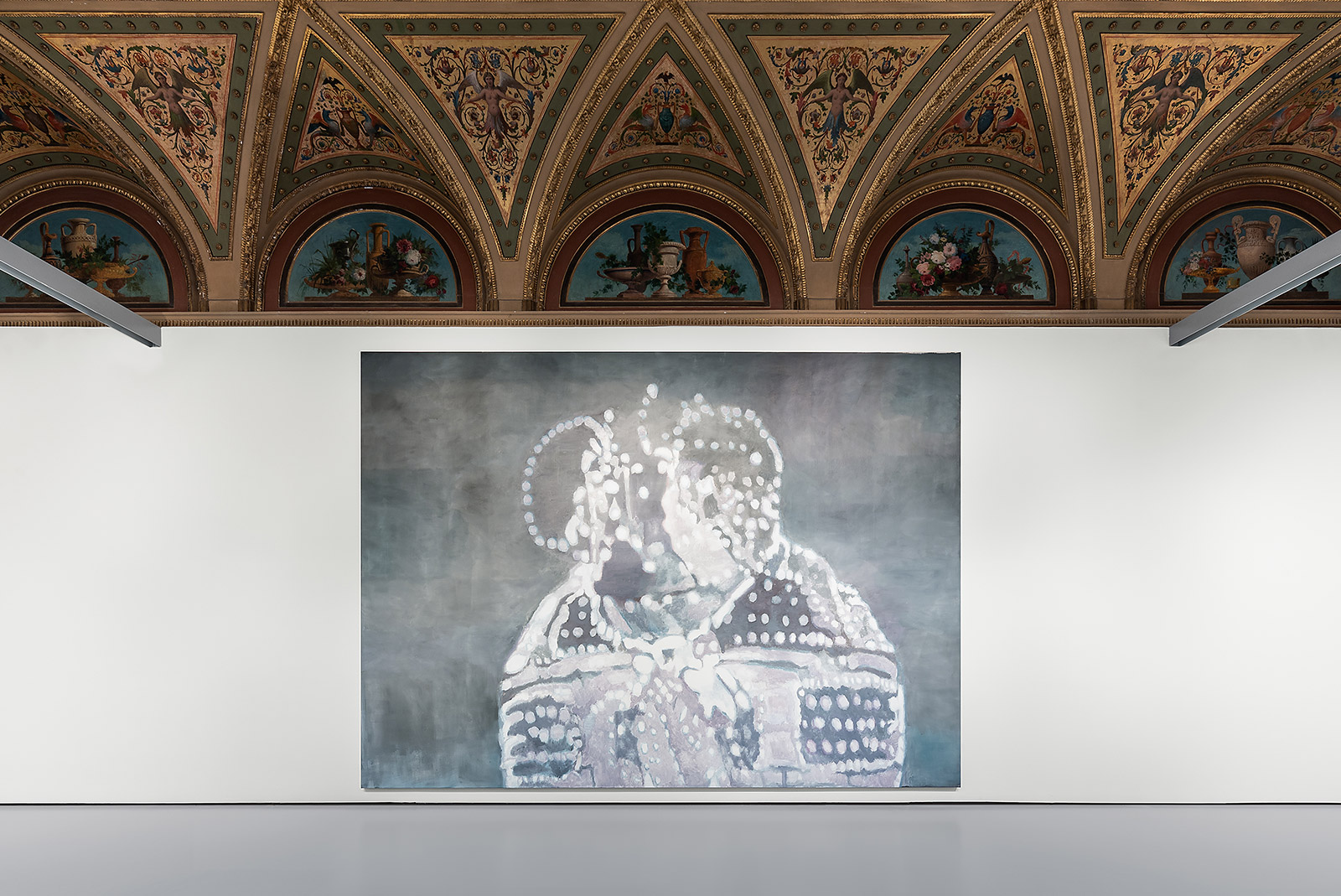
Turtle, 2007, by Luc Tuymans. Courtesy of David Zwirner, New York/London.

Allo! I, 2012, by Luc Tuymans.
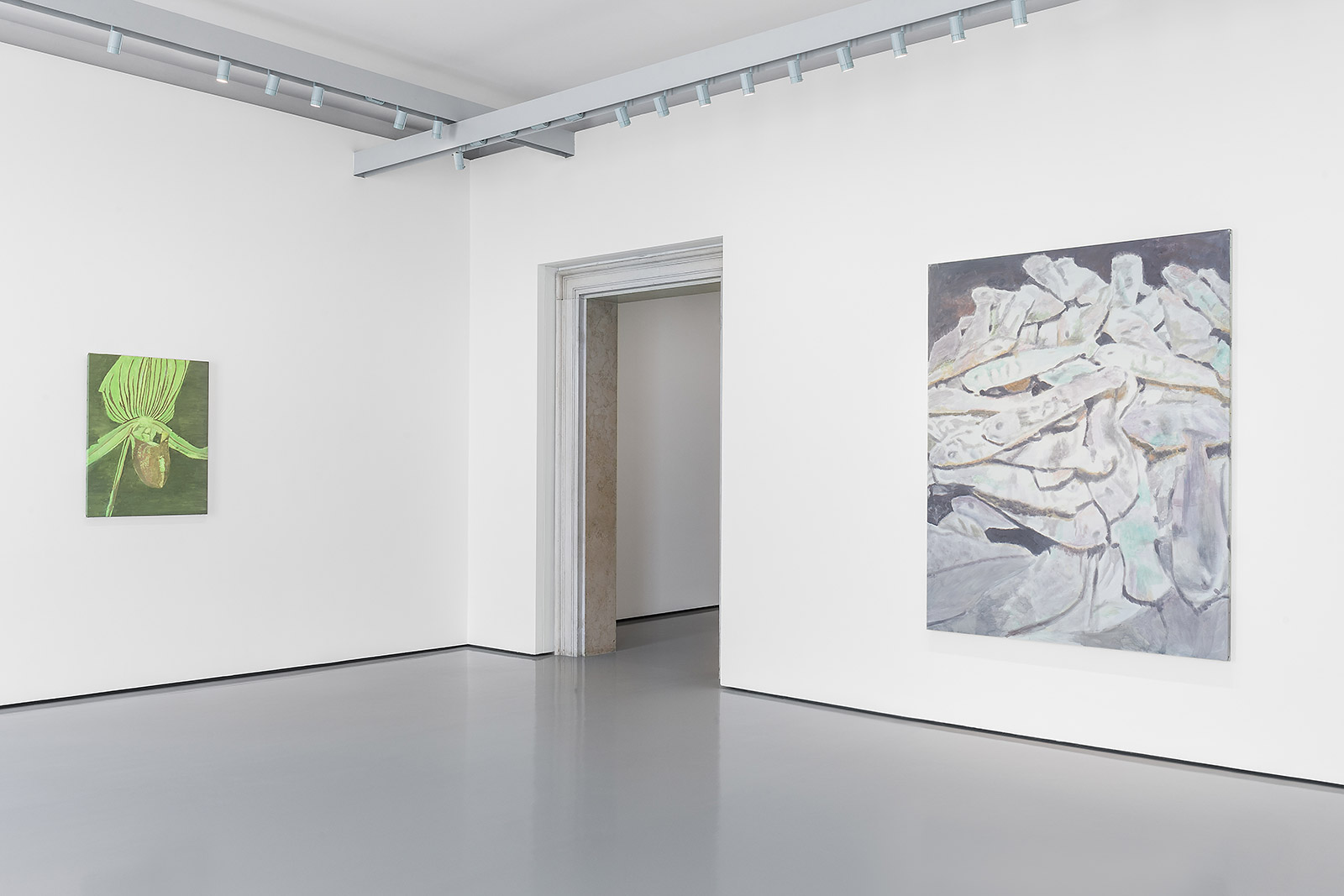
From left, Orchid, 1998; and Mother of Pearl, 2018, by Luc Tuymans. Courtesy of David Zwirner, New York/London and Zeno X Gallery, Antwerp.
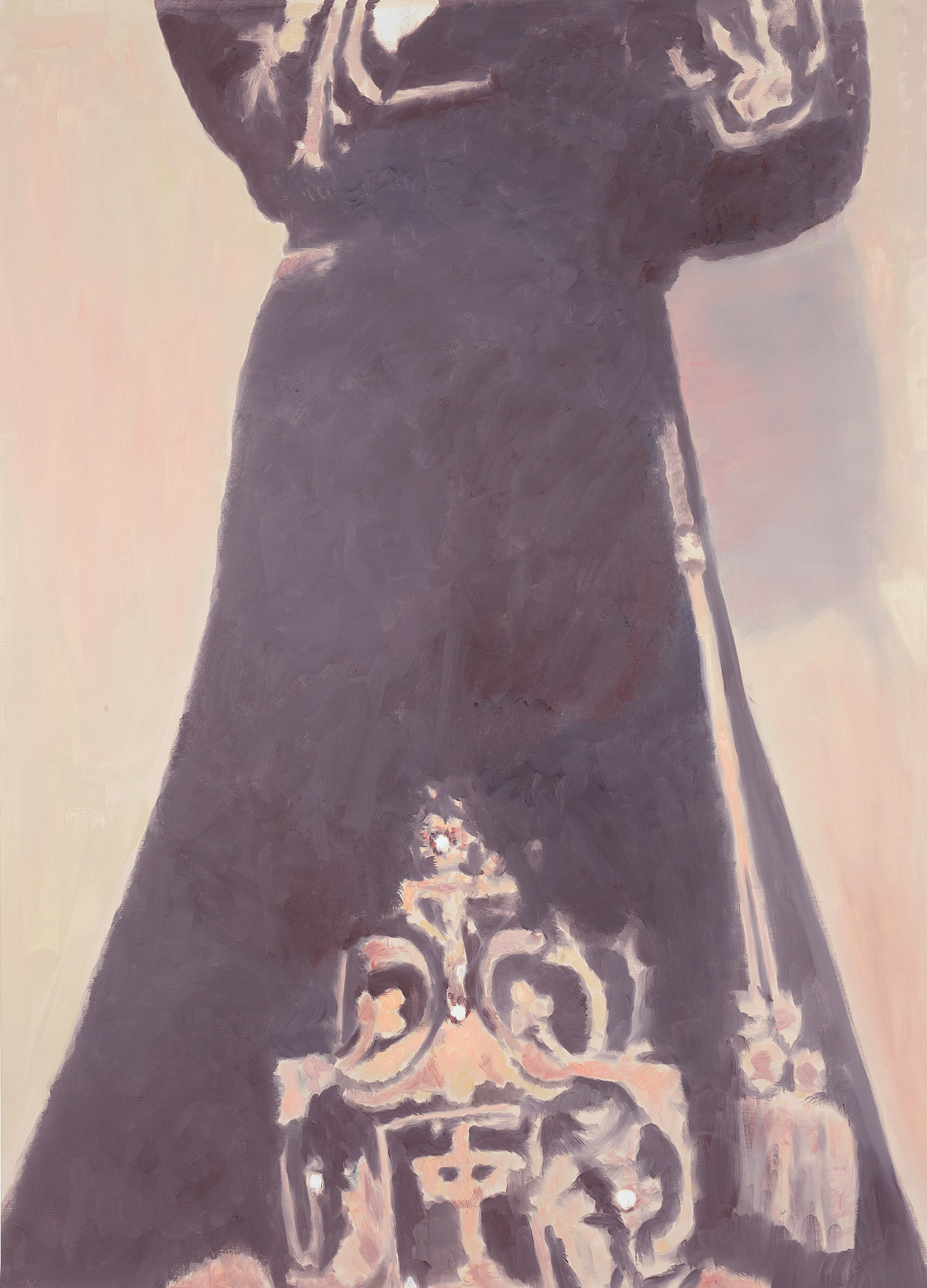
Penitence, 2018, by Luc Tuymans.
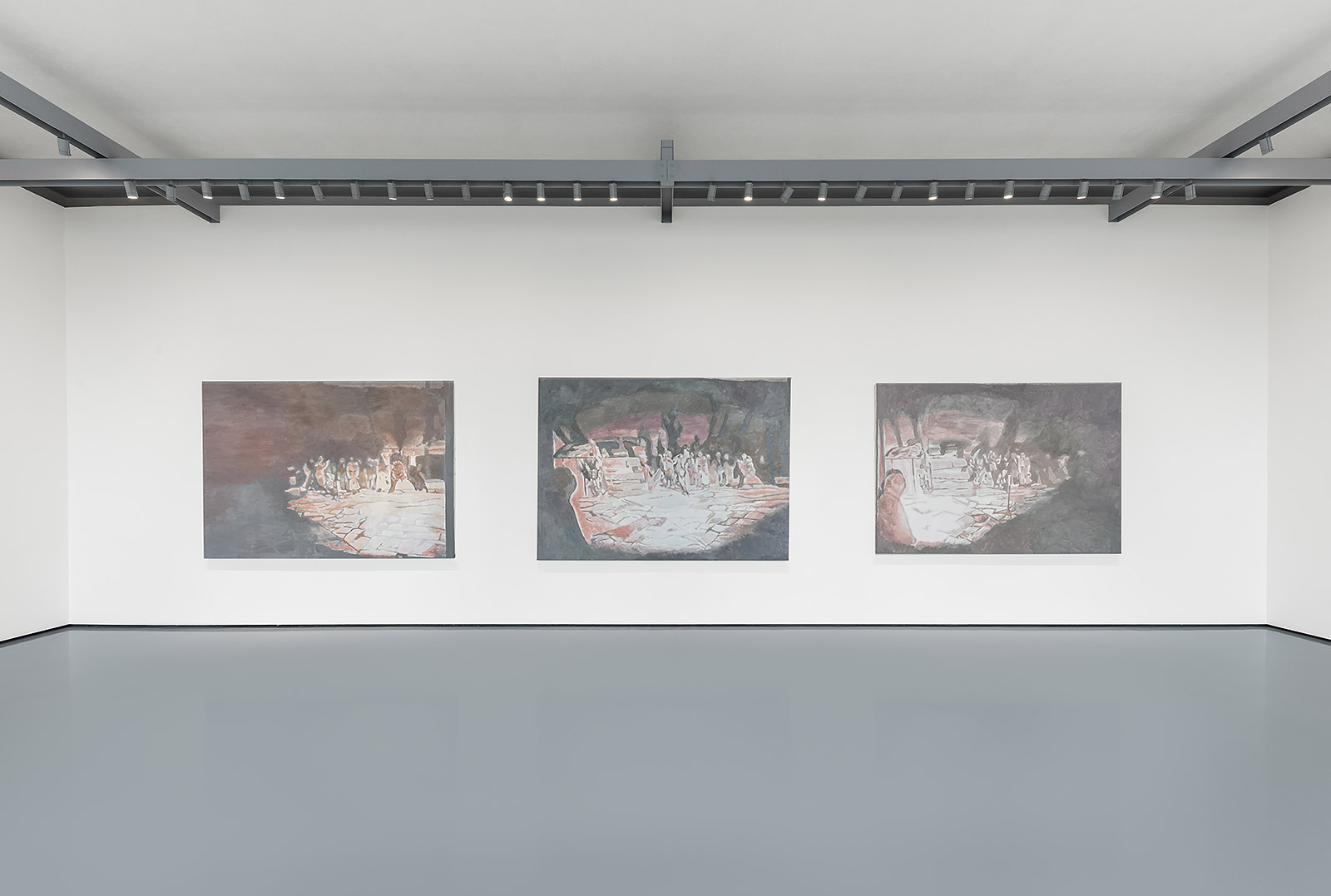
The Arena I, II, III, 2014, by Luc Tuymans.
INFORMATION
‘La Pelle’ is on view until 6 January 2020. For more information, visit the Palazzo Grassi website
ADDRESS
Receive our daily digest of inspiration, escapism and design stories from around the world direct to your inbox.
Palazzo Grassi
Campo San Samuele, 3231
30124 Venice
Harriet Lloyd-Smith was the Arts Editor of Wallpaper*, responsible for the art pages across digital and print, including profiles, exhibition reviews, and contemporary art collaborations. She started at Wallpaper* in 2017 and has written for leading contemporary art publications, auction houses and arts charities, and lectured on review writing and art journalism. When she’s not writing about art, she’s making her own.
-
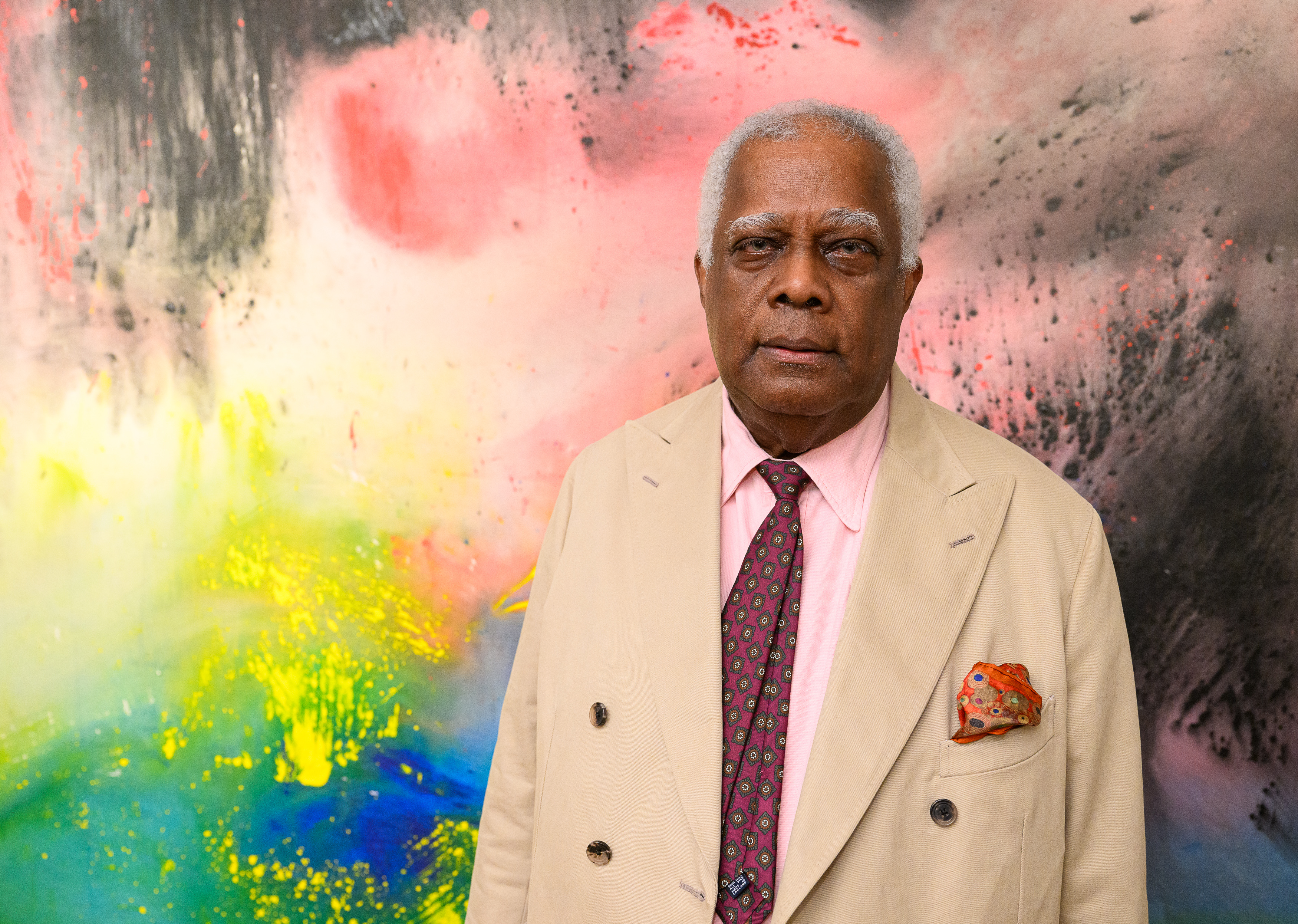 Winston Branch searches for colour and light in large-scale artworks in London
Winston Branch searches for colour and light in large-scale artworks in LondonWinston Branch returns to his roots in 'Out of the Calabash' at Goodman Gallery, London ,
-
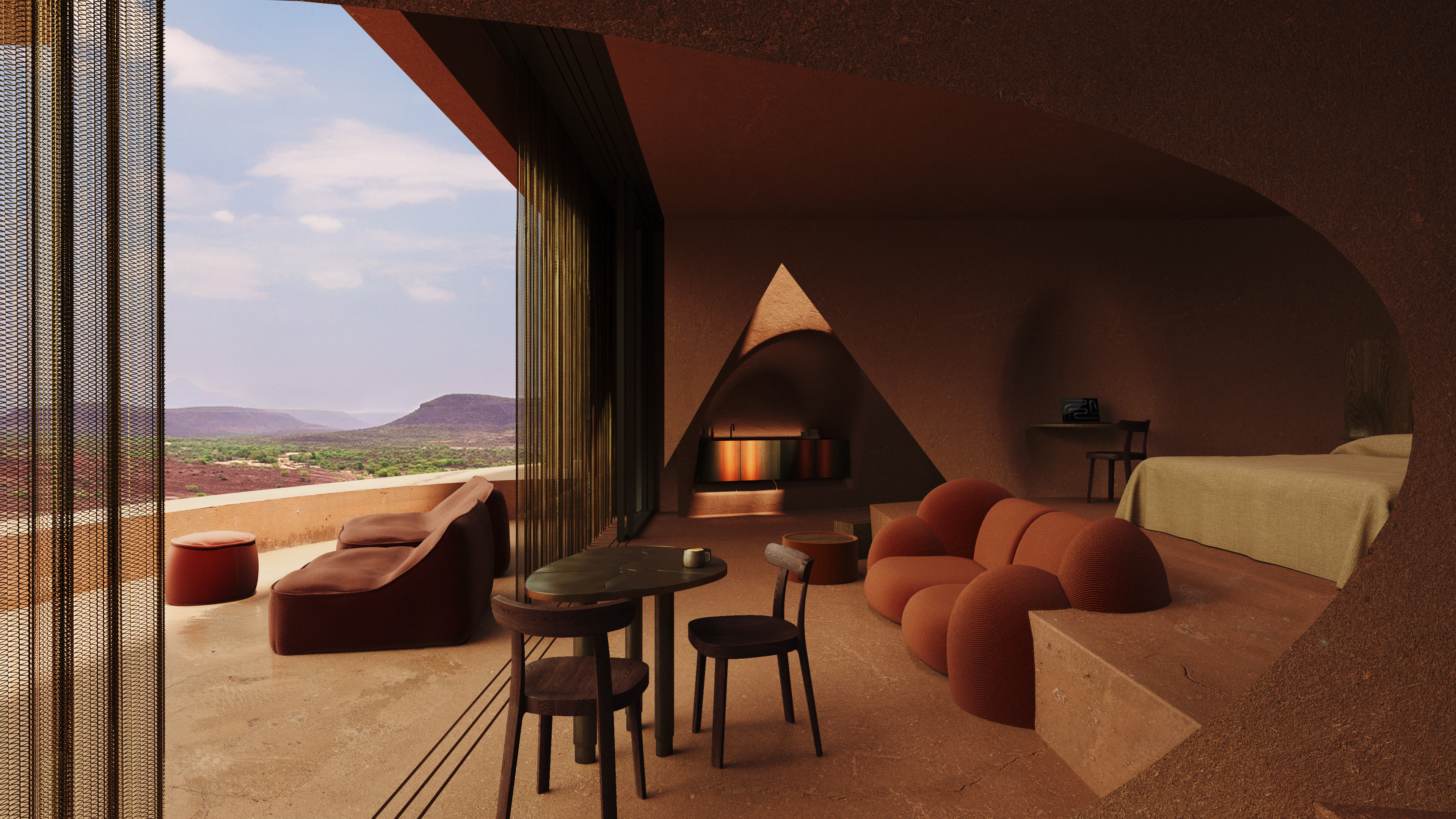 The most anticipated hotel openings of 2026
The most anticipated hotel openings of 2026From landmark restorations to remote retreats, these are the hotel debuts shaping the year ahead
-
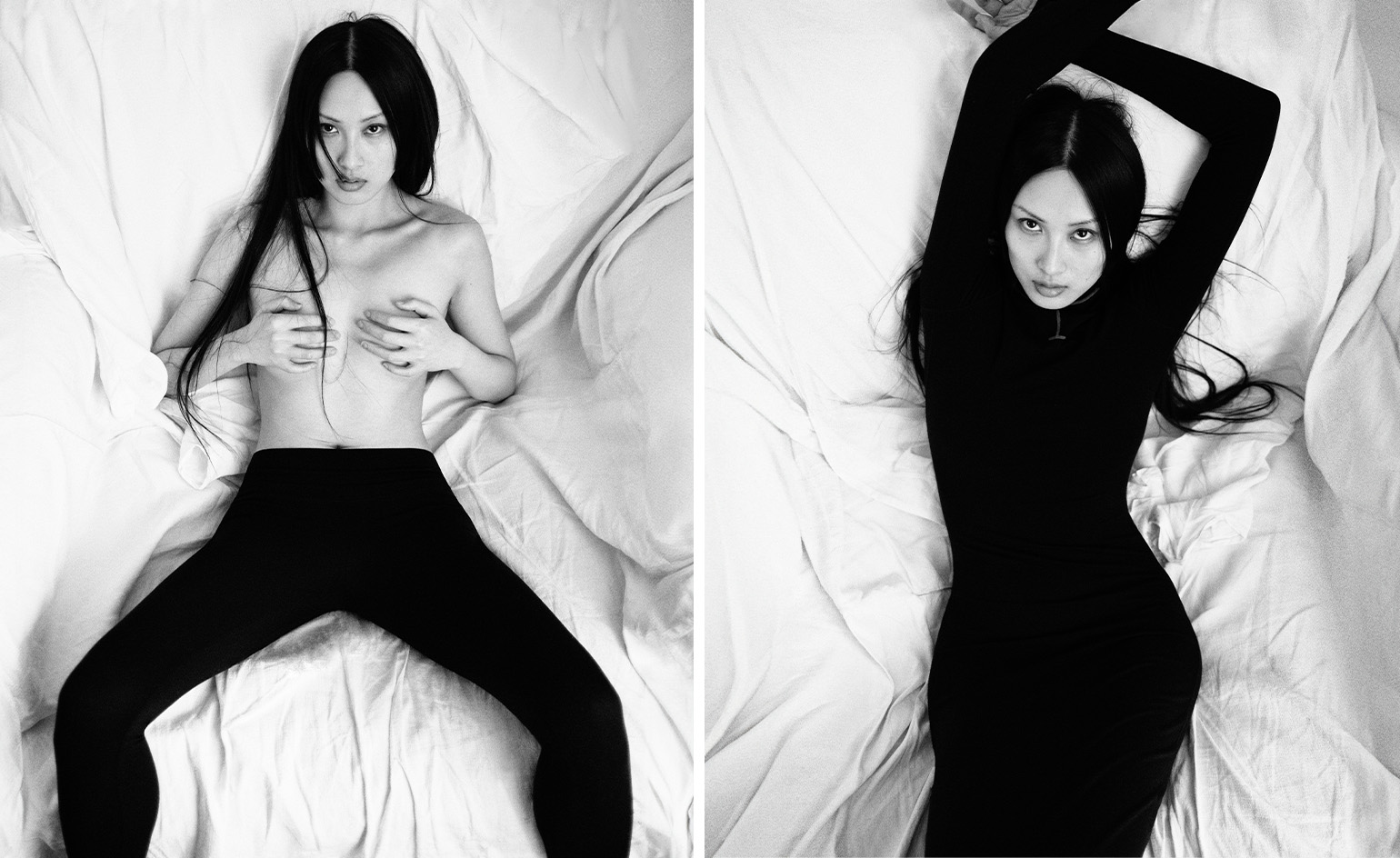 Is the future of beauty skincare you can wear? Sylva’s Tallulah Harlech thinks so
Is the future of beauty skincare you can wear? Sylva’s Tallulah Harlech thinks soThe stylist’s label, Sylva, comprises a tightly edited collection of pieces designed to complement the skin’s microbiome, made possible by rigorous technical innovation – something she thinks will be the future of both fashion and beauty
-
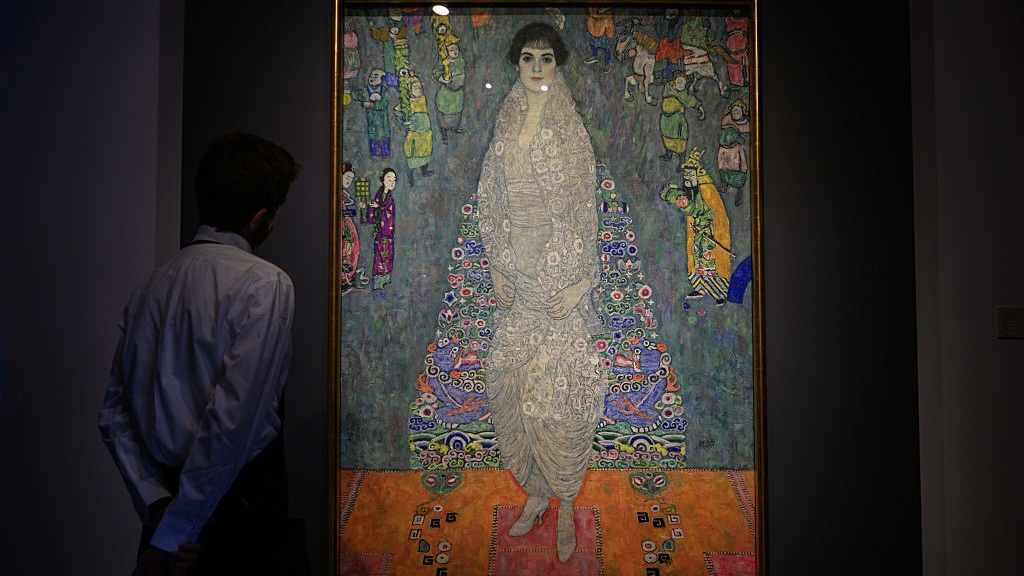 This Gustav Klimt painting just became the second most expensive artwork ever sold – it has an incredible backstory
This Gustav Klimt painting just became the second most expensive artwork ever sold – it has an incredible backstorySold by Sotheby’s for a staggering $236.4 million, ‘Portrait of Elisabeth Lederer’ survived Nazi looting and became the key to its subject’s survival
-
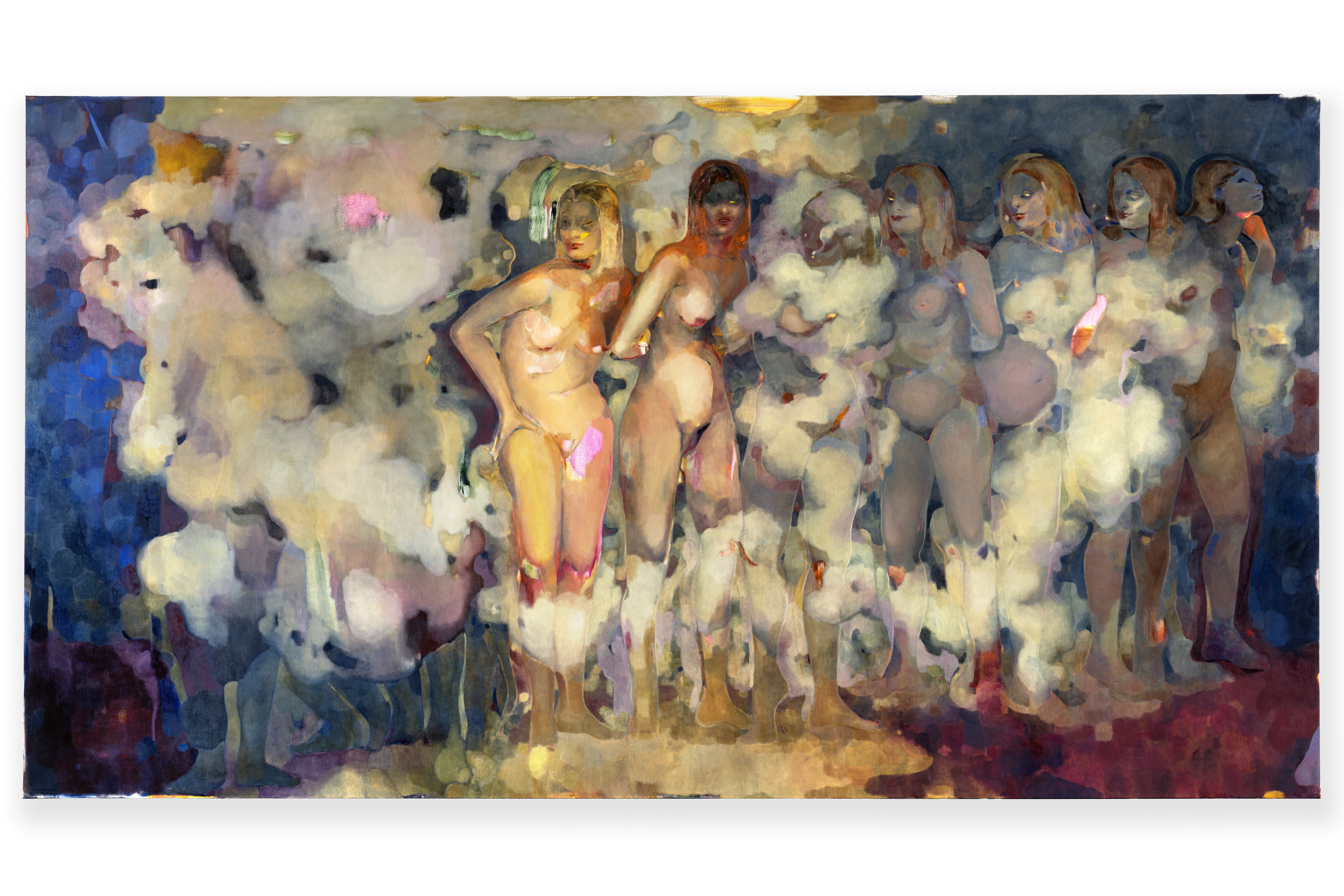 Meet Eva Helene Pade, the emerging artist redefining figurative painting
Meet Eva Helene Pade, the emerging artist redefining figurative paintingPade’s dreamlike figures in a crowd are currently on show at Thaddaeus Ropac London; she tells us about her need ‘to capture movements especially’
-
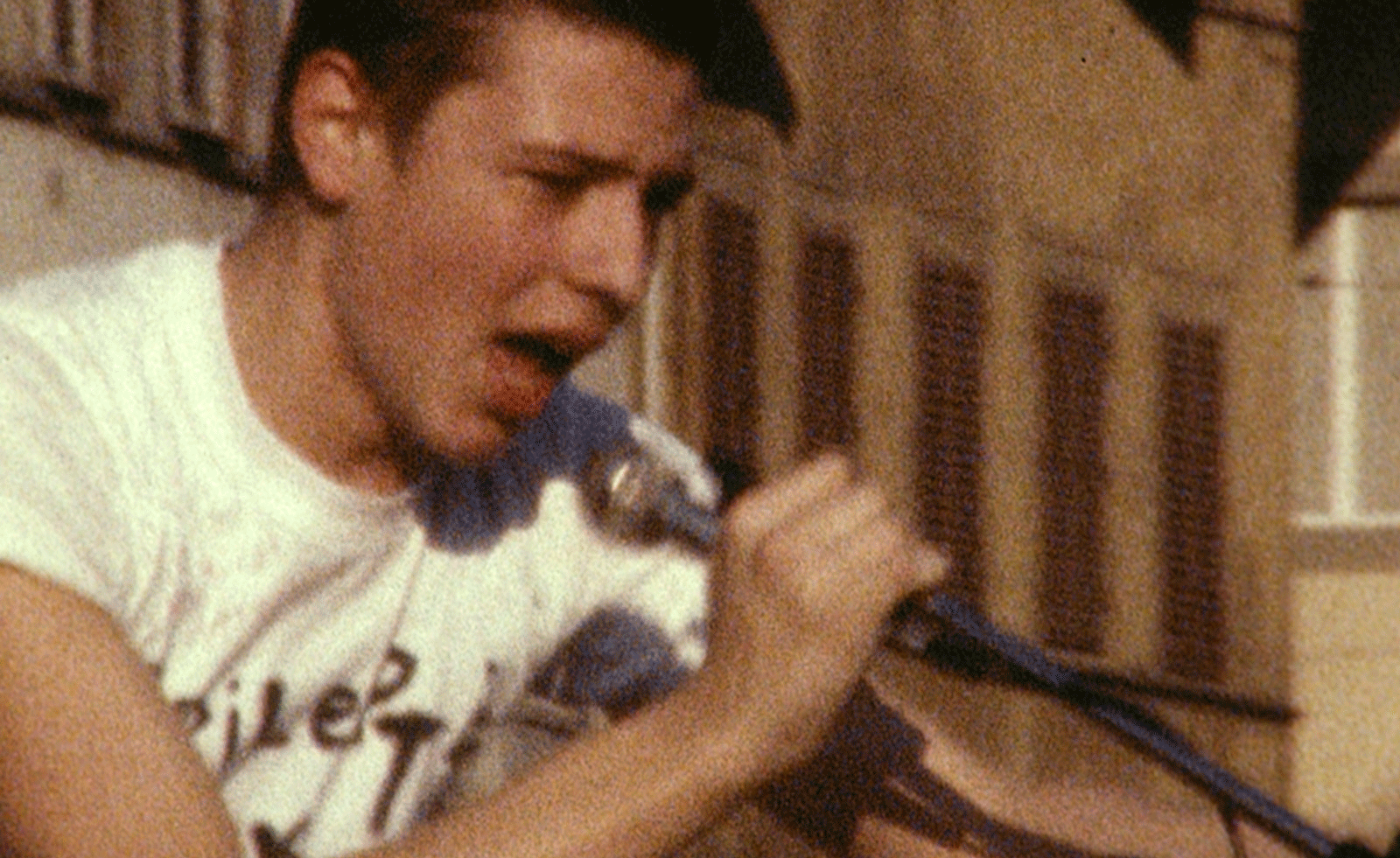 A forgotten history of Italian artists affected by the HIV-AIDS crisis goes on show in Tuscany
A forgotten history of Italian artists affected by the HIV-AIDS crisis goes on show in Tuscany‘Vivono: Art and Feelings, HIV-AIDS in Italy. 1982-1996’, at Centro per l'Arte Contemporanea Luigi Pecci in Prato delves into the conversation around the crisis
-
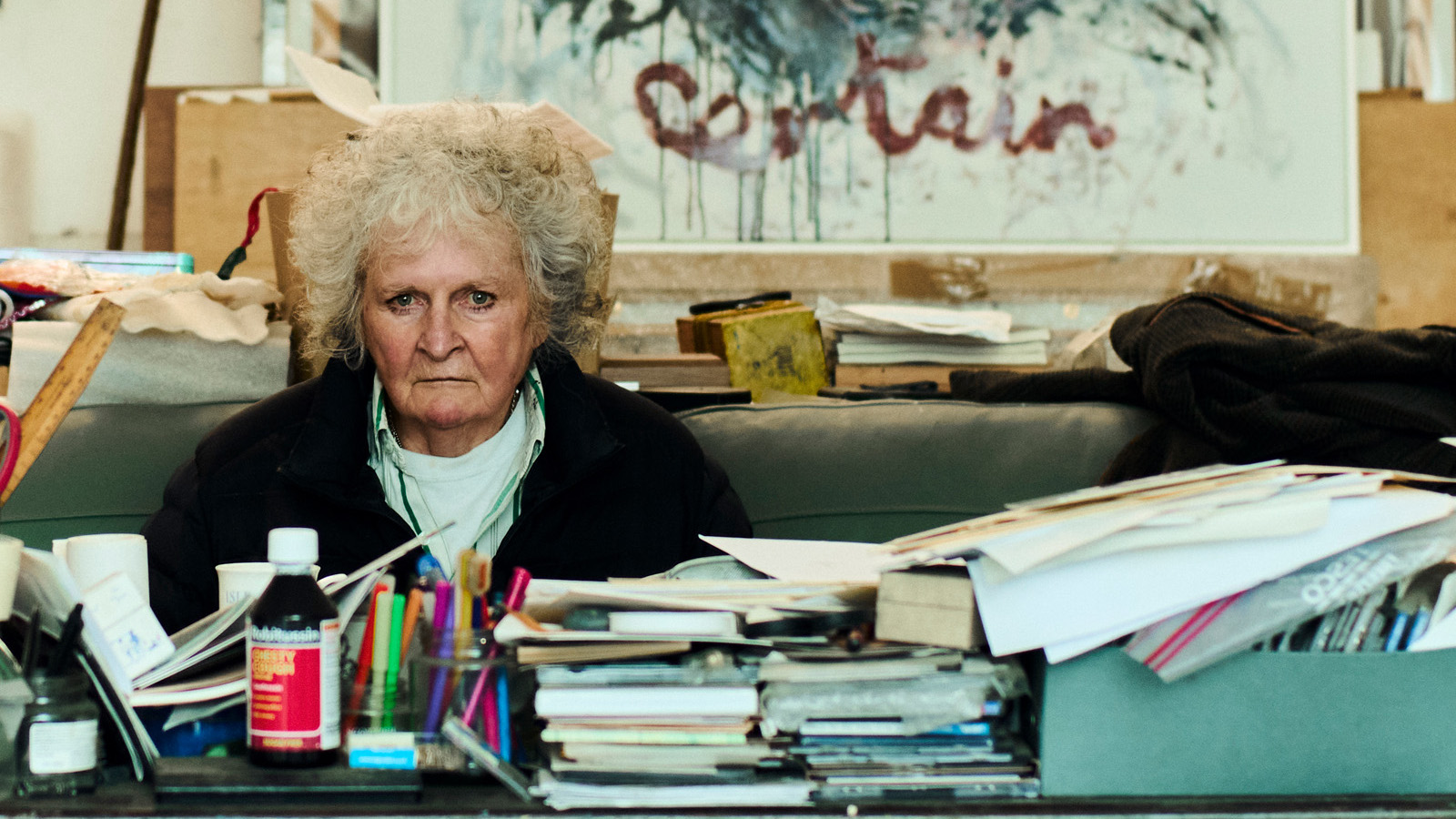 Maggi Hambling at 80: what next?
Maggi Hambling at 80: what next?To mark a significant year, artist Maggi Hambling is unveiling both a joint London exhibition with friend Sarah Lucas and a new Rizzoli monograph. We visit her in the studio
-
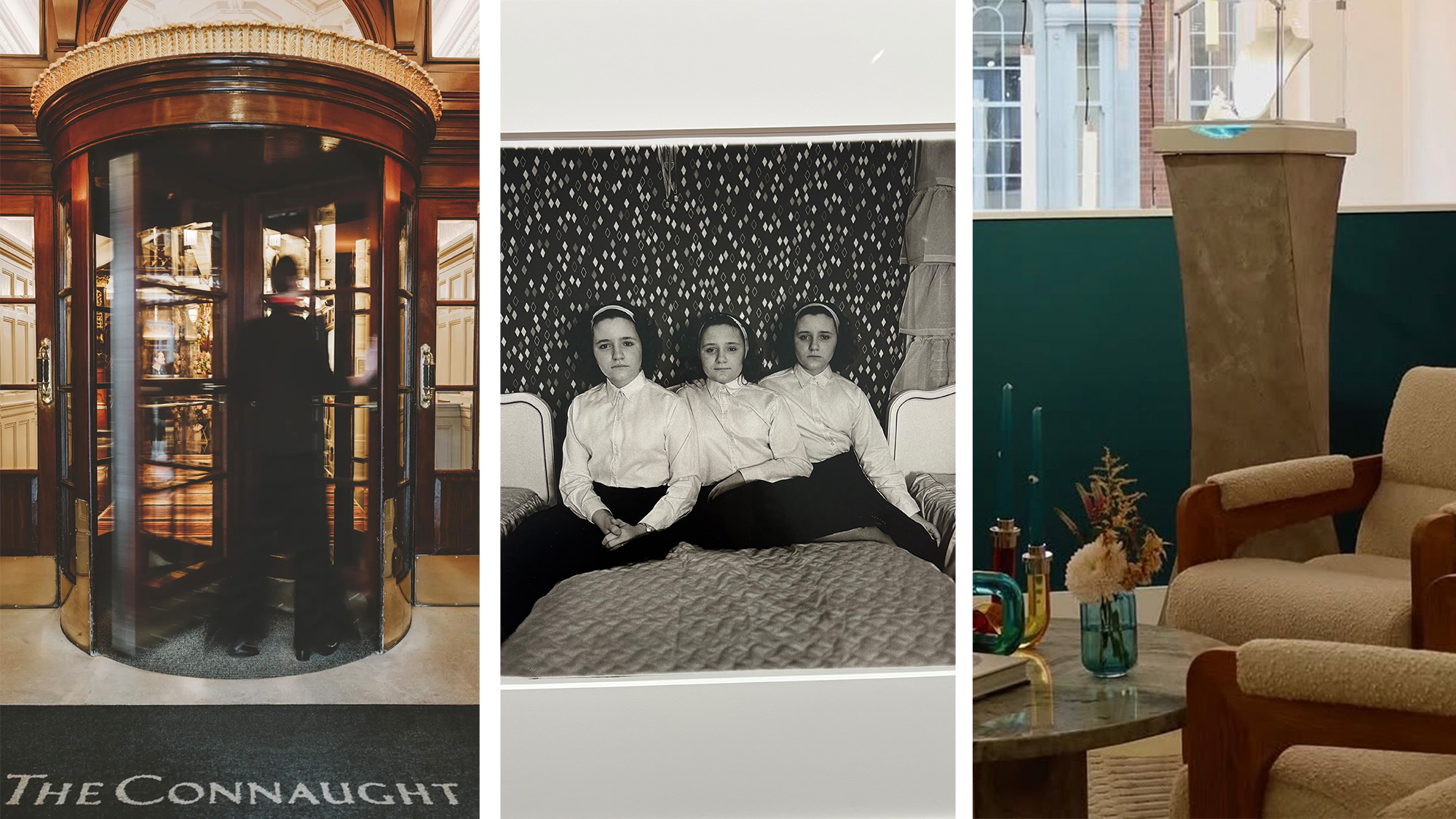 Out of office: The Wallpaper* editors’ picks of the week
Out of office: The Wallpaper* editors’ picks of the weekThis week, the Wallpaper* editors curated a diverse mix of experiences, from meeting diamond entrepreneurs and exploring perfume exhibitions to indulging in the the spectacle of a Middle Eastern Christmas
-
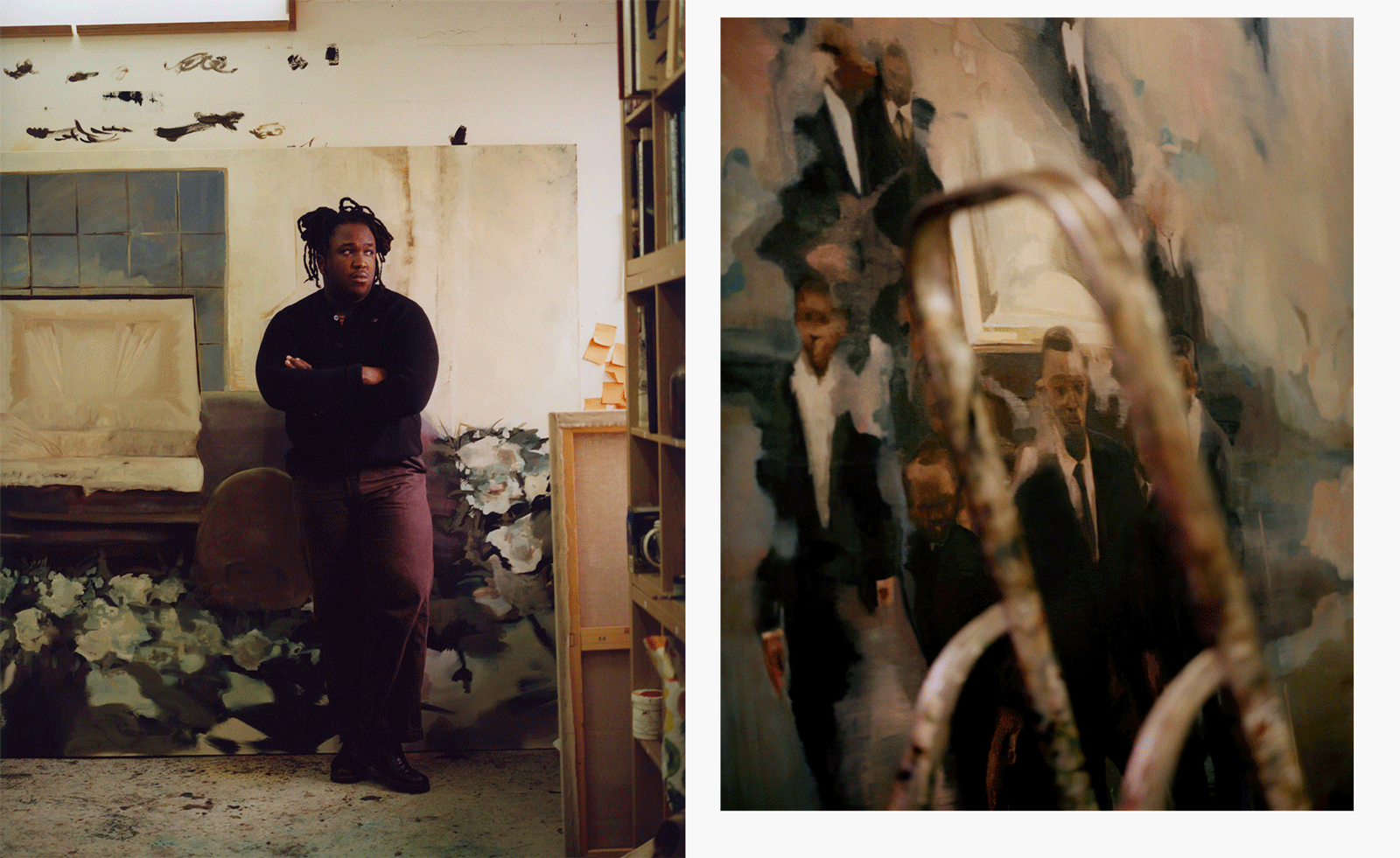 Artist Shaqúelle Whyte is a master of storytelling at Pippy Houldsworth Gallery
Artist Shaqúelle Whyte is a master of storytelling at Pippy Houldsworth GalleryIn his London exhibition ‘Winter Remembers April’, rising artist Whyte offers a glimpse into his interior world
-
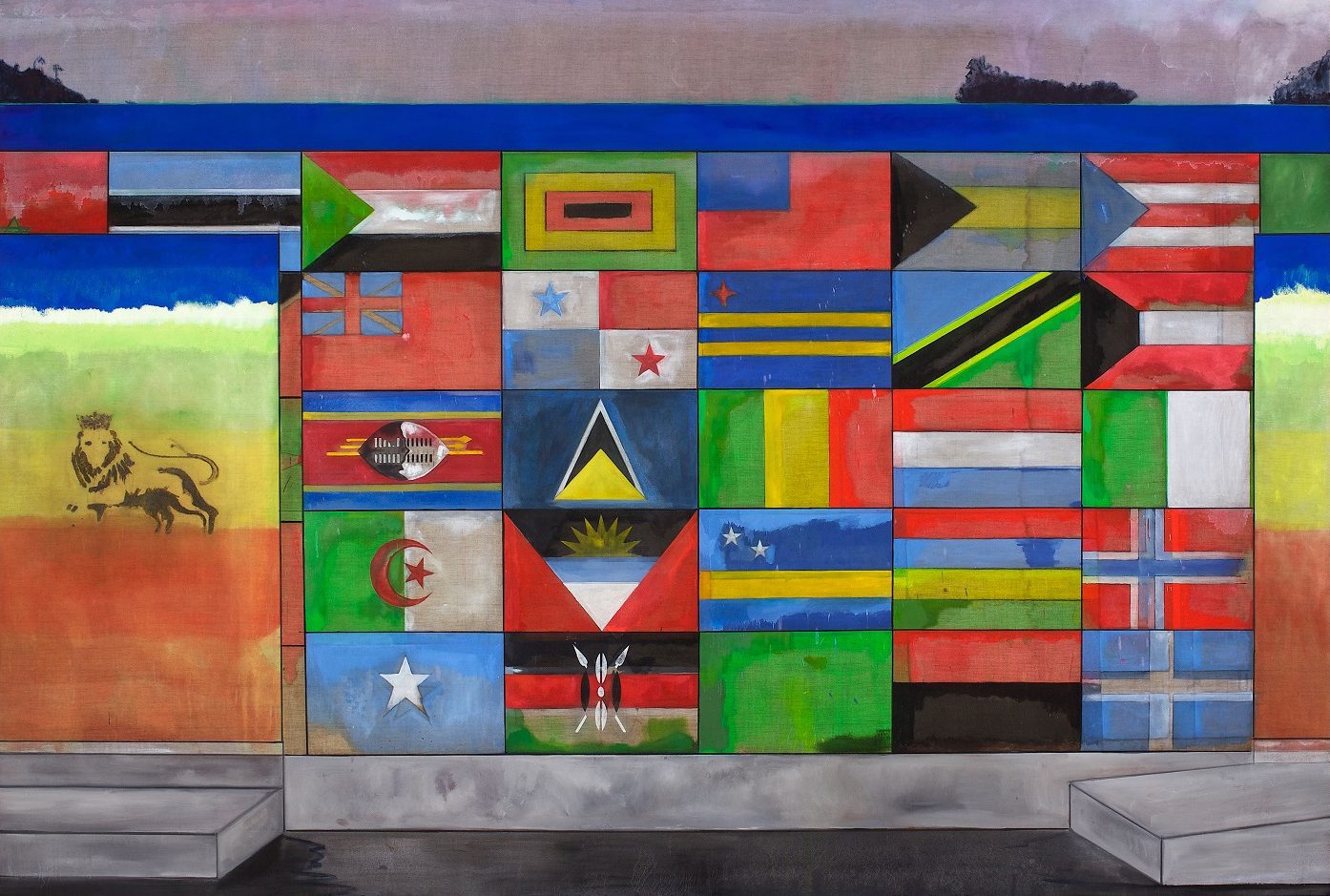 ‘Sit, linger, take a nap’: Peter Doig welcomes visitors to his Serpentine exhibition
‘Sit, linger, take a nap’: Peter Doig welcomes visitors to his Serpentine exhibitionThe artist’s ‘House of Music’ exhibition, at Serpentine Galleries, rethinks the traditional gallery space, bringing in furniture and a vintage sound system
-
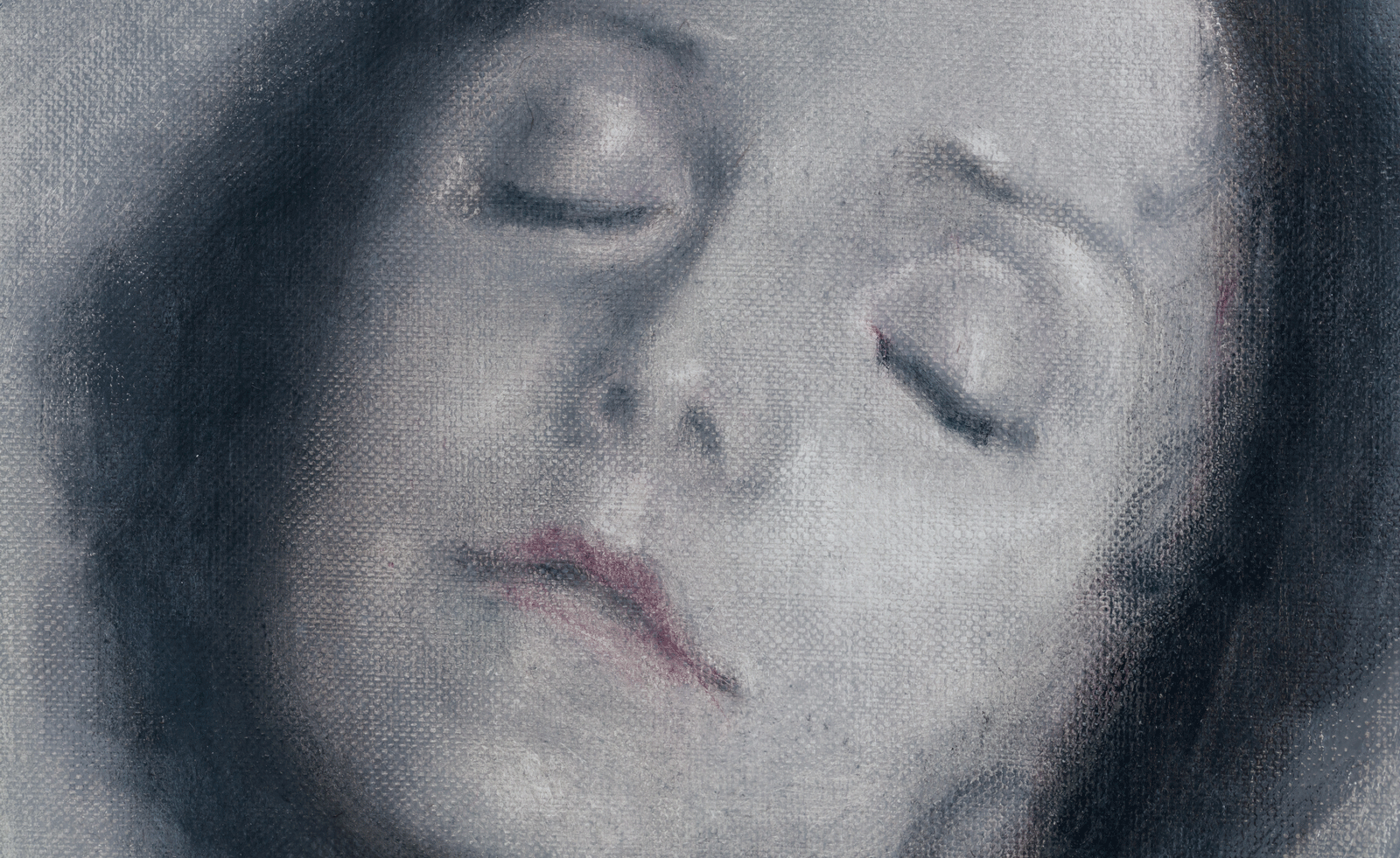 Classic figurative painting is given a glamorous and ghostly aura by Polish artist Łukasz Stokłosa
Classic figurative painting is given a glamorous and ghostly aura by Polish artist Łukasz StokłosaThe gothic meets the glamorous in Stokłosa’s works, currently on show at London’s Rose Easton gallery